The Bowie knife – A historical fighting knife
- By Travis Pike
Share This Article
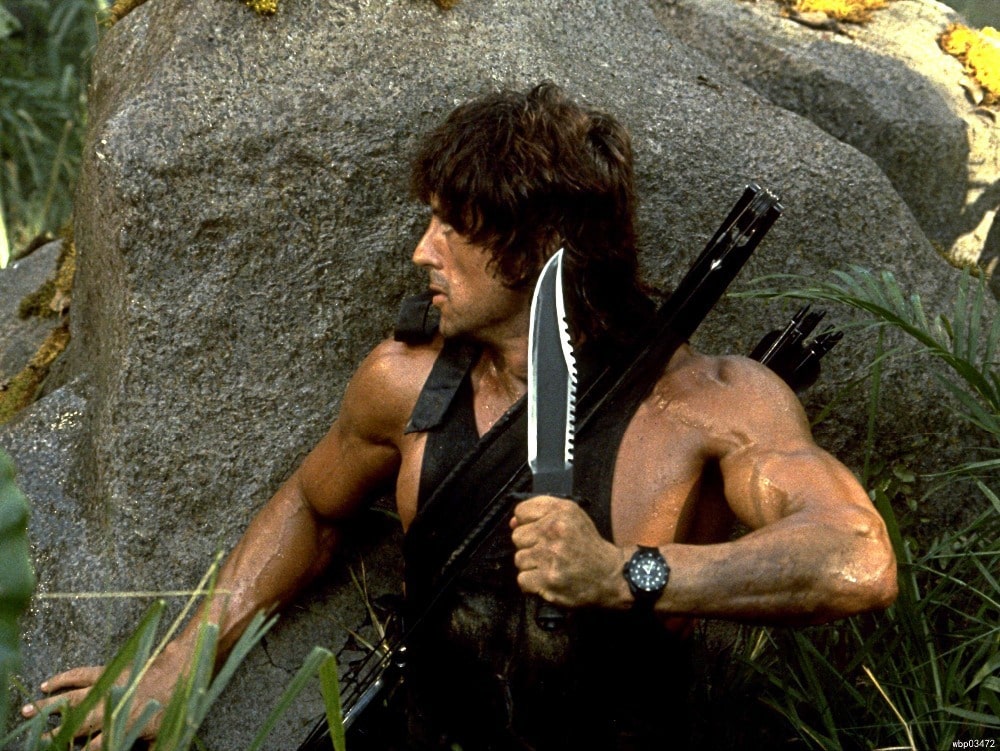
The Bowie knife is likely a staple of any young man who grew up in the early 1990s. Mostly because someone in Hollywood loved bowie knives and they popped up in films left and right during that time period. Rambo, Commando, and Crocodile Dundee were the characters that stood out to me as a kid and they all used the knife. But where did the classic Bowie knife come from?
Is it a military knife as Rambo and Commando would have you believe, or the choice of outdoorsmen like Crocodile Dundee? The truth is somewhere in the middle while simultaneously being in left field. Let’s start at the beginning.
James Bowie and his big knife
James “Jim” Bowie is an interesting character. It’s nearly impossible to separate fact from fiction about his life and exploits. We seem to know a few things for sure. First, he died at the Alamo. Second, he was involved in the slave trade and the exploitation of people. Third, his name will always be tied to a larger-than-average knife.
The Bowie knife, its origins, and original design are as lost to history as the facts about James Bowie. Unlike James, however, the Bowie knife seemed to grow in size as its legend grew.

Rezin Bowie, James’s brother, claims that he himself designed the knife and had it made by a blacksmith in Louisiana.
The original blade was made from a file and was seemingly the size of a common butcher’s knife but designed less for kitchen work and more for stabbing. The blade was fairly long and heavy, allowing it to slash and chop.
James apparently carried the knife for self-defense purposes, as flintlock pistols of the era weren’t all that reliable, especially if one aimed to carry them ready all day. A knife was faster and easier to use in close-quarters fighting and didn’t require a reload. A bigger knife aided in reach and the ability to kill an attacker.
Related: Ye olde tomahawk – From the Revolution to the GWOT
The Sandbar Fight
The knife became well known after the famous Sandbar Fight. The Sandbar Fight could fill five articles, yet to keep it simple, we’ll stick to the actions of James Bowie. James was there to support a man in a duel in 1827. The duel finished without a man shot, and the parties agreed on a handshake to end it. But some time after that, it devolved into a brawl.
James Bowie took two to three rounds from flintlock pistols, a nasty blow to the head, and he was stabbed in the chest. He killed a man named Wright and permanently disabled another named Alfred with his knife.
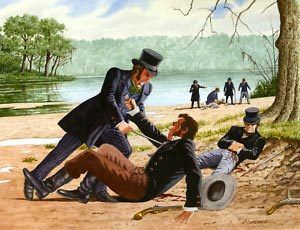
James became famous after the newspaper articles, and that led to his reputation as a knife fighter. The Bowie brothers received requests for knives that mimicked the blade James used at the Sandbar brawl. Over time, several knives of varying designs were produced. They all wore the Bowie name because the brothers commissioned many different knives, and it was a point of marketing.
James himself designed a blade built by Arkansas blacksmith James Black. It was a long blade with a clip point and a rather odd angle in relation to the grip. It appears to be a tool made for both stabbing and machete-like slashes. Bowie No.1, reportedly the first of these, was carried by Bowie and now sits at the Historic Arkansas Museum.
The Bowie elsewhere
The James Black Bowie would likely be the official Bowie knife blessed by Bowie. While the Sandbar Fight is the most famous example of James being a knife fighter, he later reportedly killed three assassins hired to kill him with a James Black Bowie.
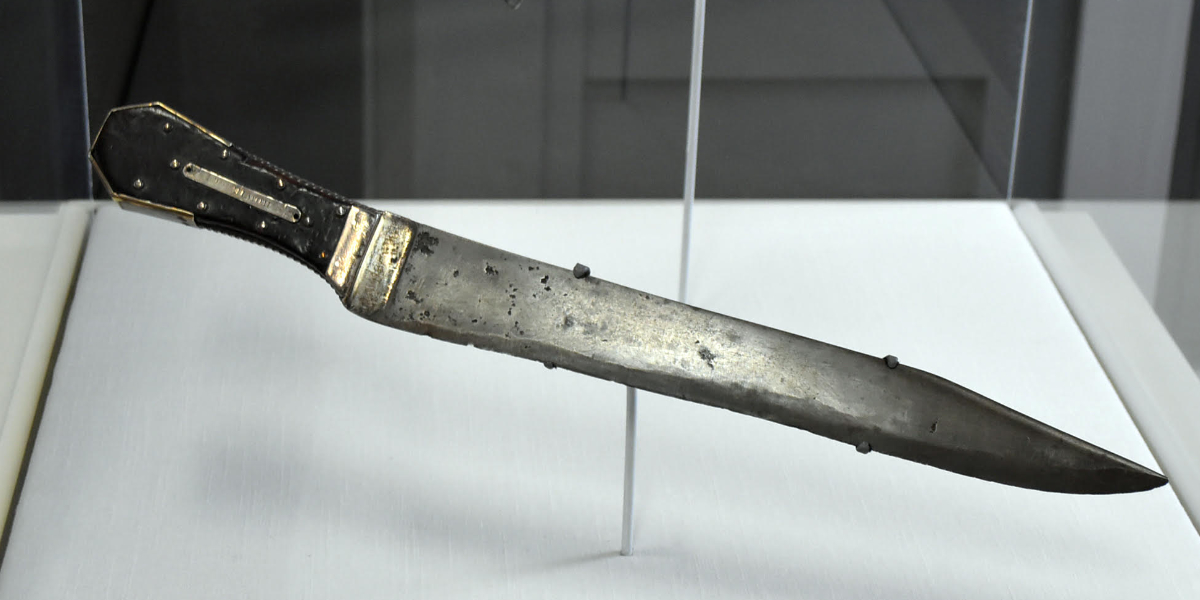
It’s not that unlikely that the Bowies released several designs and sold a great many knives. An 1846 copy of the Scientific American describes the knife as such:
“It is made of various sizes; but the best, I may say, is about the length of a carving knife — case perfectly straight in the first instance but greatly rounded at the end on the edge side; the upper edge at the end, for the length of about two inches, is ground into the small segment of a circle and rendered sharp; thus leaving an apparent curve of the knife, although, in reality, the upturned point is not higher than the line of the back. The back itself gradually increases in weight of metal as it approaches the hilt, on which a small guard is placed. The Bowie knife, therefore, has a curved, keen point; is double-edged for the space of about a couple of inches of its length; and, when in use, falls with the weight of a bill hook.“
The description more or less fits the modern Bowie knife and its Hollywood adaptations: The knife itself is made for fighting specifically and stands in place of a heavier saber or sword.
These knives became massively popular in both the United States and the U.K. as James became more famous, and the knife popped up in novels across the world, including Dracula.
More than a weapon
While it’s said the knife’s made for combat, it’s still a rather versatile knife. The clip point allows for easy stabbing, the blade’s belly allows for carving and skinning, and the weight of the big thick blade allows it to split wood and likely skulls. It’s not too much to imagine the knife being a multipurpose tool on Bowie’s built, lending it well to the rugged lifestyle in the American frontier.

Notable use
Officially the Bowie knife has never been an issued item, but it was a knife wielded and brought to war by American soldiers. During the Civil War, soldiers of both sides carried the knife.
John Wilkes Boothe reportedly dropped one after the assassination of President Lincoln. John Brown also reportedly carried one, as did Buffalo Billy Cody. Yet, after the advent of the reliable percussion revolvers, the Bowie knife became less used and carried for self-defense.
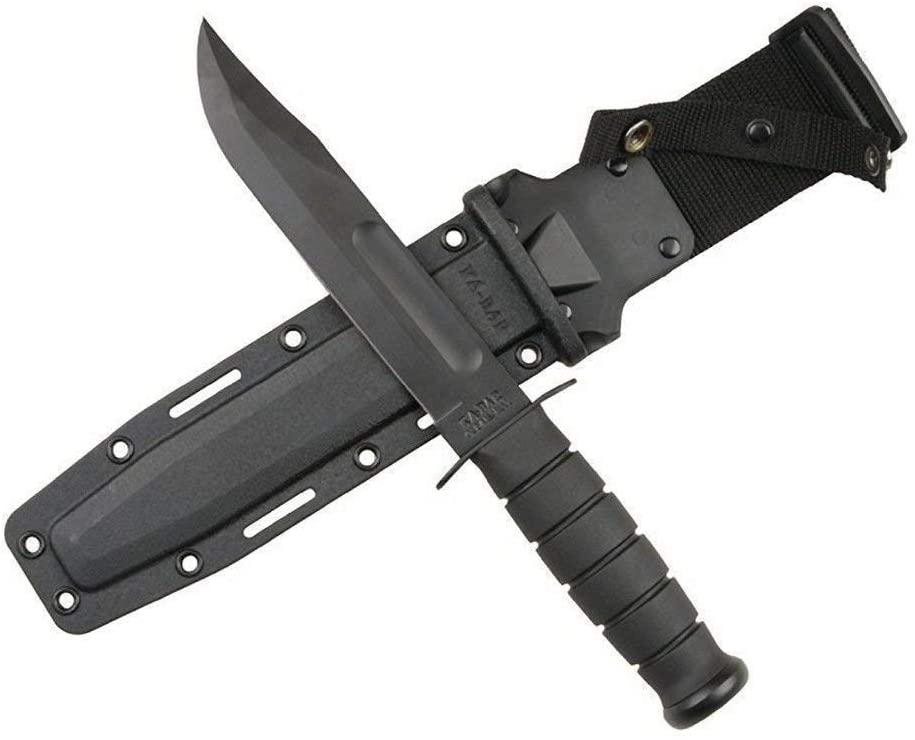
If we fast forward to the mid-1900s, we see knives like the KA-BAR and U.S. Air Force Survival knife clearly take some cues from the Bowie. Albeit, these knives were thinner and lighter than what James ever carried.
The big knife
If you ask me, is the Bowie knife a fighting weapon, I’d say yep. Is it a military knife? Sure. Is it an outdoor’s knife? Also yes.
It’s a versatile knife with a fascinating history. It’s sad so much of that history is obscured and hidden under layers of folklore, lies, and dime novels, but I guess that’s what makes trying to find the truth fun.
Read more from Sandboxx News
Related Posts
Sandboxx News Merch
-

‘AirPower’ Classic Hoodie
$46.00 – $48.00 Select options This product has multiple variants. The options may be chosen on the product page -

‘Sandboxx News’ Trucker Cap
$27.00 Select options This product has multiple variants. The options may be chosen on the product page -

F-35 ‘Lightning’ Framed Poster
$45.00 – $111.00 Select options This product has multiple variants. The options may be chosen on the product page

Travis Pike
Travis Pike is a former Marine Machine gunner who served with 2nd Bn 2nd Marines for 5 years. He deployed in 2009 to Afghanistan and again in 2011 with the 22nd MEU(SOC) during a record-setting 11 months at sea. He’s trained with the Romanian Army, the Spanish Marines, the Emirate Marines, and the Afghan National Army. He serves as an NRA certified pistol instructor and teaches concealed carry classes.
Related to: Gear & Tech, Military History
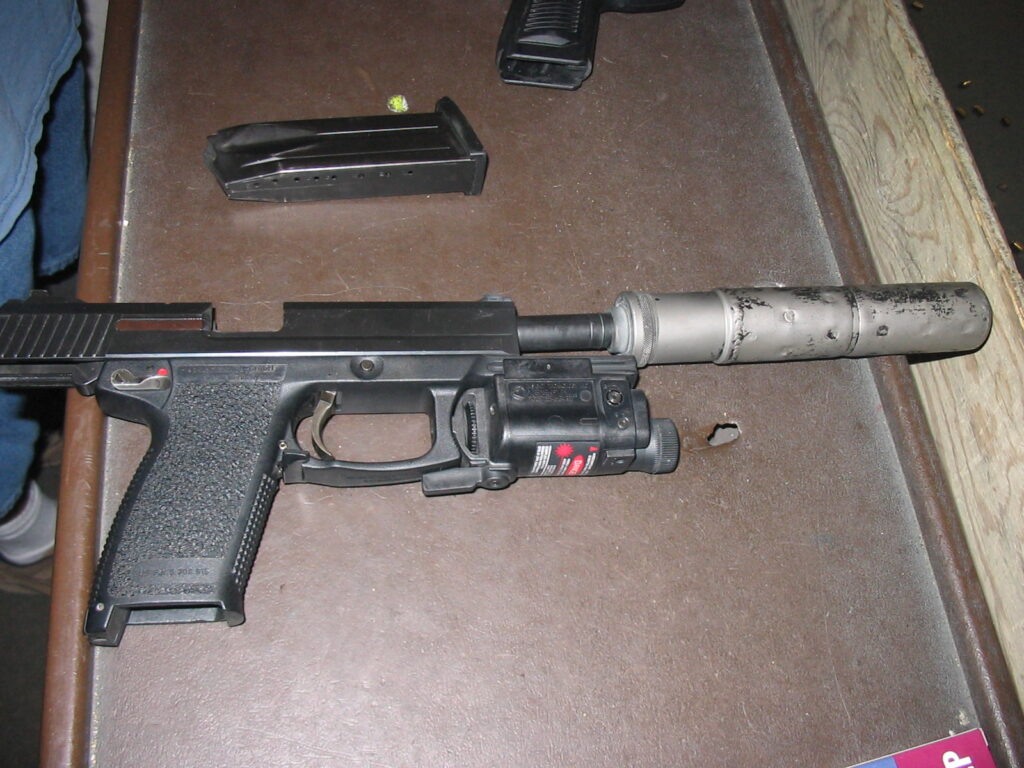
The HK MK23 built for SOCOM was the first and last offensive handgun
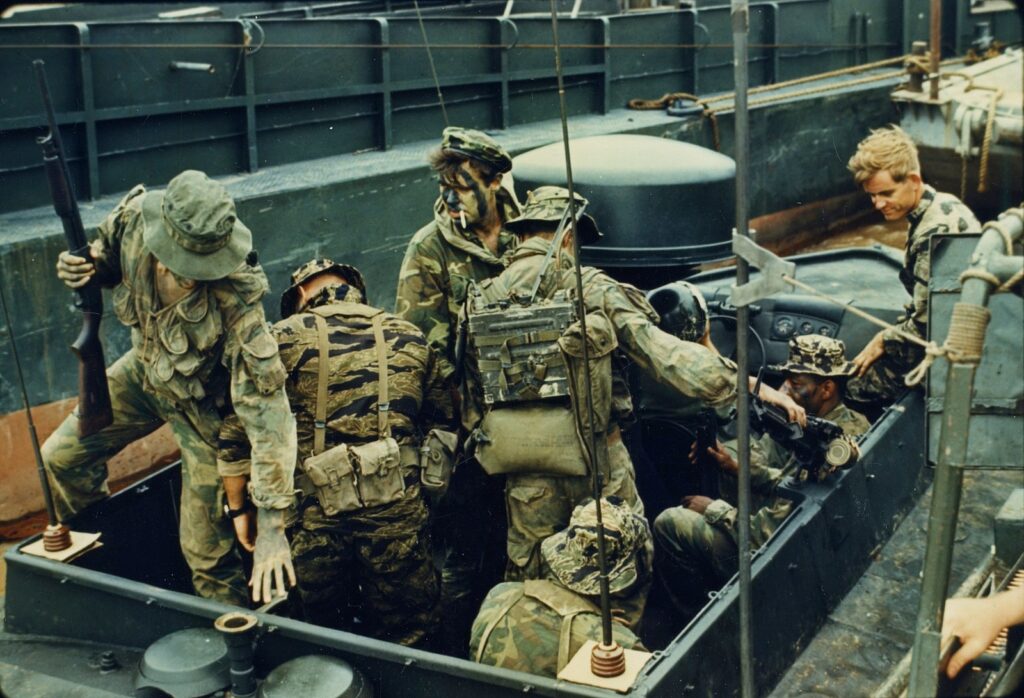
The slick custom shotgun carried by a Navy SEAL point man in Vietnam
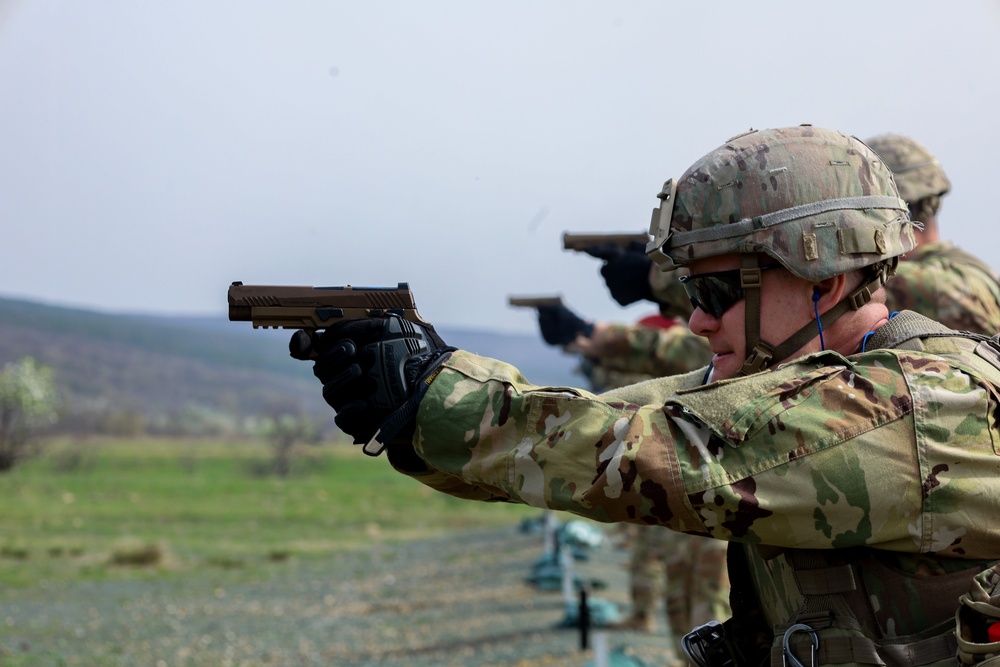
Are the Army’s old Beretta M9 and new SIG M17 pistols as similar as people think?

The Switchblade, loitering munitions, and the new terrifying face of warfare
Sandboxx News
-

‘Sandboxx News’ Trucker Cap
$27.00 Select options This product has multiple variants. The options may be chosen on the product page -

‘AirPower’ Classic Hoodie
$46.00 – $48.00 Select options This product has multiple variants. The options may be chosen on the product page -

‘AirPower’ Golf Rope Hat
$31.00 Select options This product has multiple variants. The options may be chosen on the product page -

‘Sandboxx News’ Dad Hat
$27.00 Select options This product has multiple variants. The options may be chosen on the product page
